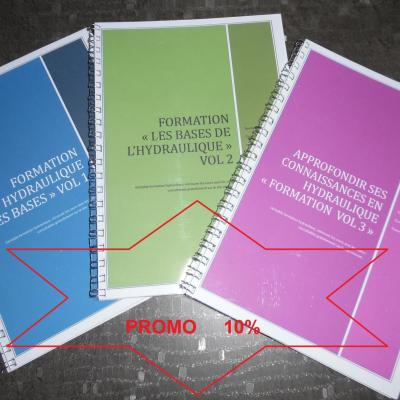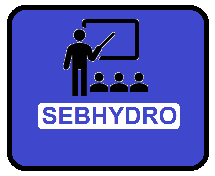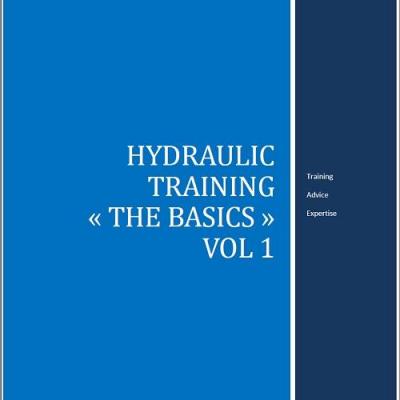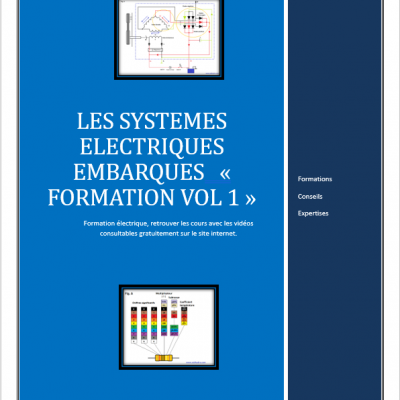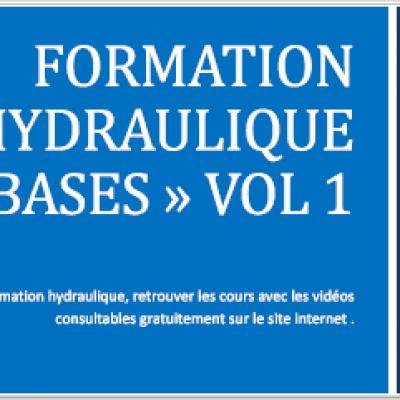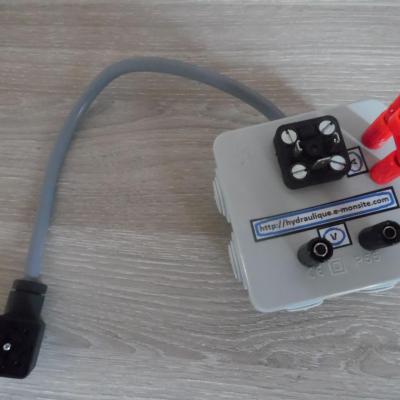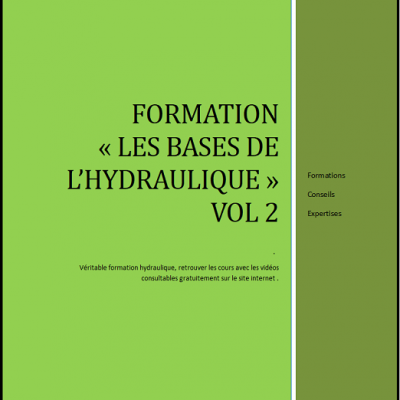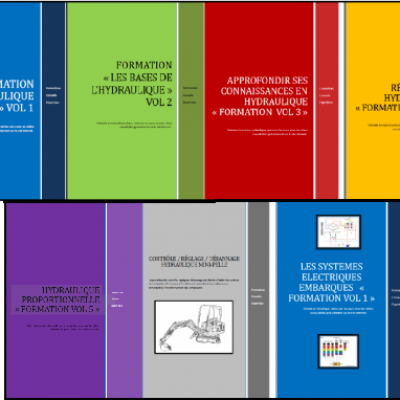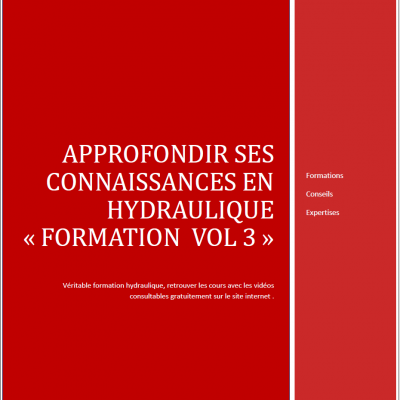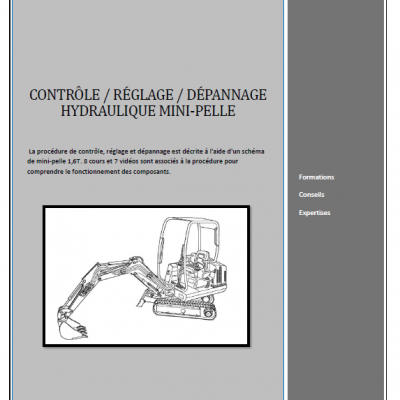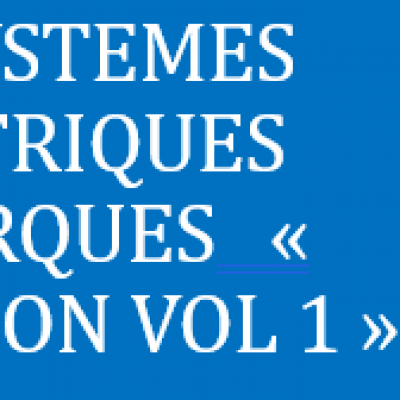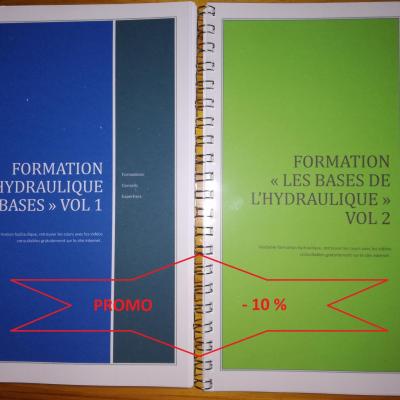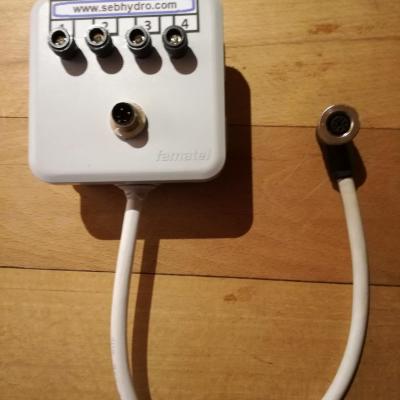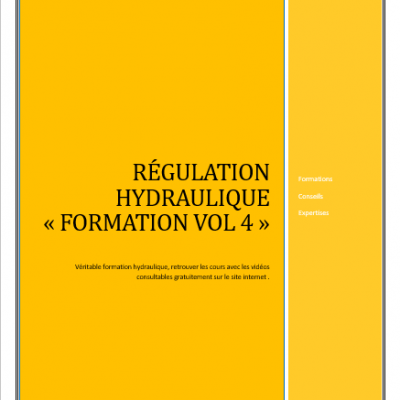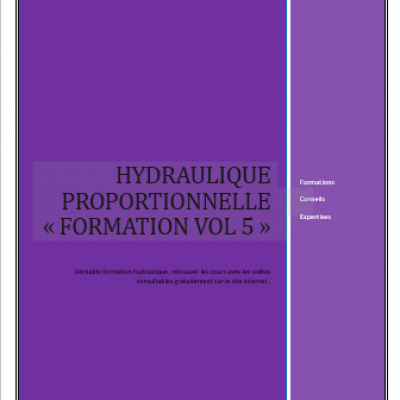In Fig. A is shown the 4/3 LS directional valve block: For educational reasons, the directional valve is divided into 4 parts:
- Rep 0: Input plate.
- 2 slices of drectional valve.
- Rep 16: Closing plate.
We find:
- Item P: Inlet (pump delivery).
- Item T: Return to the tank.
- LS Rep: Plug used to check the LS signal or to connect the signal to an LS pump.
- Item M: Pressure gauge connection (pump pressure).
- Item 1: Fixed displacement hydraulic pump.
- Item 2: Engine.
- Item 3: Restriction.
- Item 4: Tank.
- Item 5: Pressure relief valve adjustment screw.
- Item 6: Pilot head spring of the pressure relief valve (190 bars).
- Item 7: Spring of the pressure balance (10 bars).
- Item 8: Plug. (To be modified for configuration with a variable displacement pump).
- Item 9: Manual control by lever.
- Item 10: Adjustable spool stop (maximum flow adjustment).
- Item 11: Spool return spring (reset to neutral).
- Item 12: Machined spool. The spool openings are represented by the dotted lines & the restrictions on the diagram.
- Item 13: Shuttle valve which selects the pressure of the most loaded cylinder.
-Item 14: Cylinder with a load that creates a displacement pressure of 100 bars.
-Item 15: Cylinder with a load that creates a displacement pressure of 50 bars.
The fixed displacement pump (item 1) driven by the engine (item 2) delivers 100 l / min.
The center of the directional valves is clogged (closed), the LS pipe represented by the dotted lines on the symbol is decompressed in the tank by the machining of the spool. No pressure is added to the value of the pressure balance spring (item 7). All the oil from the pump returns to the reservoir via the pressure balance under 10 bars recorded on the M1 pressure gauge.
Note: The 4/3 LS directional valve is proportional, that is to say that depending on the setpoint received by the directional valve, the spool moves more or less regardless of the type of control used. (Manual, hydraulic or electric)
3- Operation: 1 single movement.

